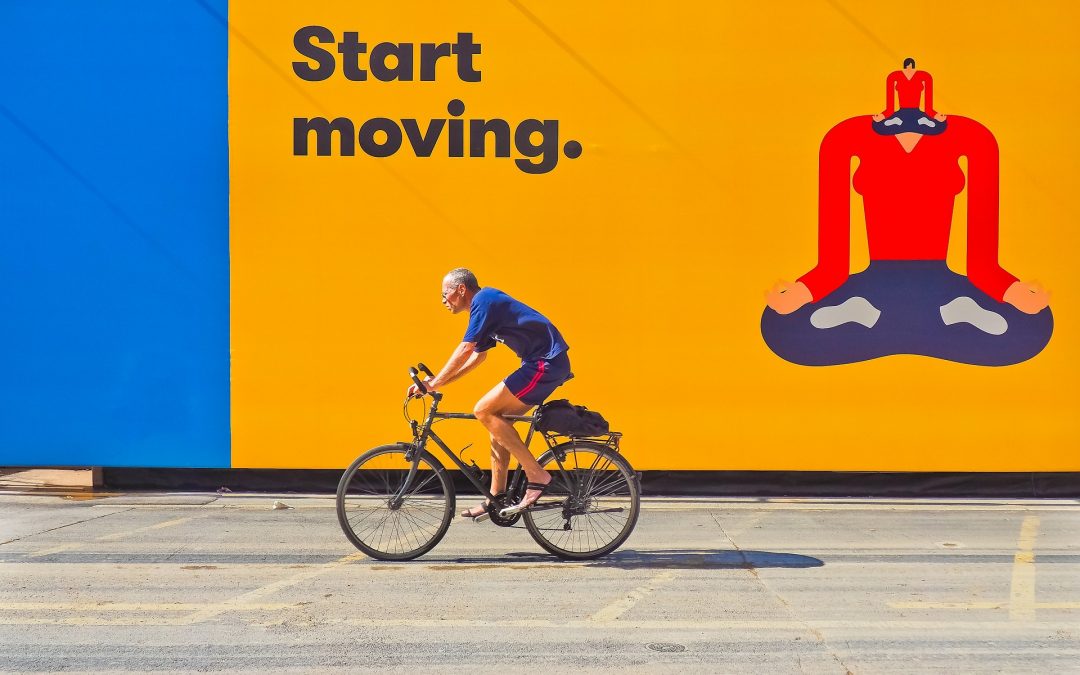
Your Customers ALWAYS Have A Choice
Only fools believe their business has no competition.
There are multiple ways to think about who your competition is, however, I’m going to define it in the simplest terms for businesses and that is customer money.
If I have a need and you could supply that need for a price, but I choose to satisfy that need by spending my money with someone else, that someone else is your competition.
This weeks Sound ADvice newsletter talks about competition and I’ll share that with you in a second but first I want to broaden your idea of competition.
Today, I ate breakfast.
I had the choice of eating something I already spent money on and was in my kitchen…
Or I could leave my house and spend money somewhere else.
Often, business owners only look at their direct competition. Today I spent a couple of bucks for a breakfast burrito and a diet Mt. Dew. Yesterday I spent 6 times that for a breakfast sandwich and white mocha from my favorite coffee shop. Tomorrow, I’ll have a bowl of cereal.
See, sometimes the competition isn’t direct, but an alternative, however they all are ways that involve my money and my desire for breakfast.
Now let’s look at the SoundADvice I’m sending out in my weekly newsletter this week. (and if you want a free copy emailed to you every week, just let me know).
Have you ever heard someone say, “We don’t worry about our competitors, we just focus on what we do”?
Sure you have! It sounds nice, but the truth is that most successful business owners have a very keen eye on their competitors and know as much about them as possible. If not, there is no way to know which cards you can or should play or when to play them.
More than likely you know “who” your competitors are, but “how much” do you know about them? It’s not so much about knowing them so you can be like them, but, the more you know them, the more you can make sure you differentiate your business from theirs.
Motivational and self-help speaker Jim Rohn was known for his witty one-liners. One of his best was directed at people and businesses and it encouraged them to be different.
“Walk away from the 97%. Don’t talk like they talk,
don’t act like they act,
don’t go where they go, don’t do what they do,
don’t specialize in what they specialize in”.
In other words, Jim is saying, be yourself, make your own mark. Make sure you and your business are clearly different than your competitors.
Why is it so important to know your competitors?
In any given market, large, medium, or small, there is only so much business. Capturing your fair share and growing your share is the path to success. Only when you know what their strengths and weaknesses are can we know how you can best position your business to compete with them and grow your share of the market.
When we are armed with this knowledge, we can communicate our true value to consumers, adapt our brand and communications strategy accordingly, and win market share.
“If you know thy enemy and know thyself,
you need not fear the result of a thousand battles”.
– Sun Tzu
Identifying what differentiates your brand, product, or service from other players in the industry is only one of the benefits of analyzing your competitors. It’s crucial to increasing sales with your current customers, building customer loyalty, and attracting new customers. It will also help you identify the following:
- Understanding industry standards so that you can meet and exceed them.
- Discovering untapped niche markets.
- Fulfilling customers’ desires and solving their problems better than competitors.
- Distinguishing your brand.
- Standing out in your marketing.
In today’s multifaceted world, competitions come in many forms. Direct competitors are easy to identify. Indirect competitors are sometimes harder to uncover and can come from anywhere. Grocery stores had no idea they would be competing against Amazon. Tire stores and hearing centers didn’t imagine they would be competing with Costco and Sam’s.
While the process of evaluating and knowing your competition can be taxing, the benefits of knowing can open an array of opportunities for your business.
If you would like to see nine ways to help you understand your competition, click here.





